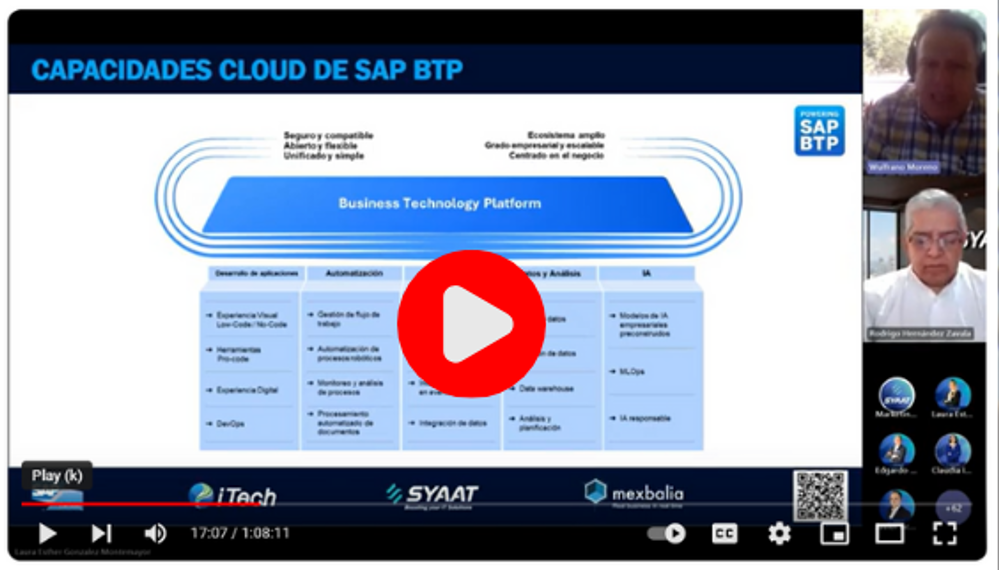In this article, we’ll explore key elements for successfully planning and executing a cloud migration project, as well as the mistakes to avoid in this process.
Following these recommendations can ensure a smooth migration and maximize the benefits that the cloud offers.
1. Define objectives and requirements
It is essential to clearly establish the project’s migration objectives and specific requirements. Firstly, determine which business processes will undergo transition to the cloud and within which platform they are currently hosted. At this stage, gather relevant information, such as:
- Identifying whether part or all processes will migrate to the cloud.
- Defining project stakeholders, including key users and the compan’s technical team.
- Understanding current computing resources, such as disk space, memory usage, processors, storage capacity, operating system version, and database version.
- Identifying internal solution specialists, if any.
2. Evaluate infrastructure and required resources
During this second stage, it’s necessary to assess the infrastructure and resources available before migration. This involves:
- Evaluating the computing resources to be requested from the cloud service provider (the provider will conduct its own analysis of required cloud capabilities).
- Selecting the appropriate cloud service provider based on the company’s needs and budget.
- Understanding the network and bandwidth requirements of the internet provider.
- Determining whether the involvement of external specialists is necessary or if it can be handled internally.
- Considering necessary improvements for communication layer transition in the company.
3. Design a migration strategy
A migration strategy is the logistical planning carried out methodically to ensure project success. There are three types of migration: phased, simultaneous, or by applications. However, regardless of the case, it’s important to define a detailed schedule, assign roles and responsibilities to project stakeholders, and establish metrics for evaluating transition progress and success.
The following are some examples of tasks performed when initiating a migration plan:
- Formation of work teams, including the client’s technical team, key process users, migration specialists, and cloud service provider specialists.
- Creation of a prototype or test.
- Definition of the migrated application’s operating test plan, including integration tests with solutions remaining on the current site.
- Adjusting the prototype.
- Migration of the production environment.
4. Perform a proof of concept
Before completing the full migration, it is recommended to perform a proof of concept. This test allows evaluating the feasibility and compatibility of cloud migration with the company’s internal applications and systems.
In this step, select some use cases or pilot applications and conduct thorough testing in a simulated cloud environment. Doing so helps clearly identify potential technical issues or challenges, as well as making necessary adjustments before migration completion.
The proof of concept is a good way to become familiar with new migration tools and processes, allowing the internal IT team to gain experience in configuring and managing cloud infrastructure while the transition is still ongoing.
5. Establish a minimal user support team
Having a user support team is crucial in any cloud migration project. They will assist users and efficiently resolve any issues or incidents that may arise during the migration process in the production environment.
Without a doubt, the support team must be prepared to address any situation that may arise as a direct or indirect result of the migration project, which is why choosing a highly qualified provider is essential.
Their main objective is to ensure users have a satisfactory experience while minimizing any application use failures during the transition to the cloud.
6. Establish a change management plan
If the migrated solution to the cloud is different due to an unexpected update, it will be necessary to consider a change management plan. This will help users adapt more easily to the new way of performing activities, avoiding frustrations when using the new application within the cloud.
For this, the provider must provide a minimal user support team and quickly resolve any incidents that may arise during the migration process.


